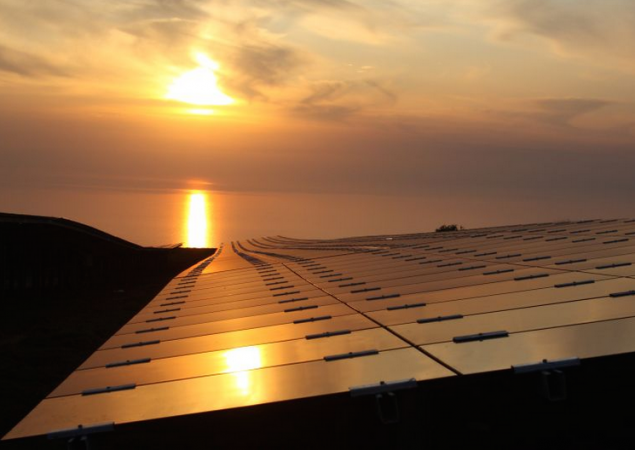Earlier this month Enel Green Energy brought 100MW of solar panels online in the South Atacama Desert in Chile. The South Atacama is also where our Solar Development company Solar 350 is about to start building our own solar parks, and where our carbon accreditation company Carbon 350 sees huge potential for emissions offsets. It is a unique location to optimise solar power, not just in terms of consistently high solar irradiation but also for creating the best C02/CO2e reductions from renewable power too. We’re not surprised to see the rise of renewable energy in Chile.
However these aren’t just landmark new solar power developments and commercial solutions to effective emissions reductions, they also mark the rise of Chile as a country where renewable energy has become part of the political and economic fabric of the country. Chile is the leader in South America for solar PV power, but also the leader in solar thermal energy (also known as concentrated solar power or CSP).
More than that, at the end of 2013 Chile had over 18GW of renewable power projects on the books or in development, covering off solar PV, solar CSP, biomass, hydro, geothermal and wind projects. What’s striking about the mix of energy projects is how they relate to Chile’s natural geography. Solar is the leader because the vast expanse of the Atacama Desert is a prime solar resource. However the natural conditions in the south of the country and the coast make more sense for wind, and their extensive arable land and rugged southern geography offer excellent biomass and geothermal potential, albeit not on the same scale as the wind and solar in the country.
Perhaps what’s most impressive the leadership successive Chilean governments have shown compared with their neighbours. As this Chilean commissioned PWC report shows, they’ve recognised the economic importance of renewable energy both in terms of job creation (projecting 7,769 more jobs) and economic output (perhaps adding US$2.246 billion more to Chile’s GDP). It’s worth noting those figures haven’t been independently verified beyond the report writers, but it’s a useful guide to understand the economic and political arguments that are backing it up.
Of course, it’s never all good news. Mining in Chile is in a minor state of crisis, some large coal power projects and a large Patagonian hydro project have faltered near to collapse in recent times, so there are uncertainties and knock-on effects that come from championing renewable energy. At a grand scale it’s predictable to see a shift towards renewables bringing instability to traditional power generation and infrastructure as well as experiencing renewable project losses too. This stacks up pretty well against the energy industry norms though, even in traditional markets we see similar challenges and as we’ve seen in the UK, even a national commitment to new nuclear power is fraught with political and practical challenges that threaten the delivery of projects.
On balance, Chile’s current position is built on an impressive record – here’s some of the global news coverage and analysis of Chile’s rise to renewables.
The Guardian (UK): Chile Renewable Energy
Greentech Media: Why Obama is talking about Chilean Solar
Moneyweek: Latin America is perfect for renewable energy
Renewable Energy World: Chile Future Lies with Renewable Energy
The Energy Collective: Chile Next Star of Renewable Energy
Bloomberg: Chile Doubles Renewable Energy Goal
